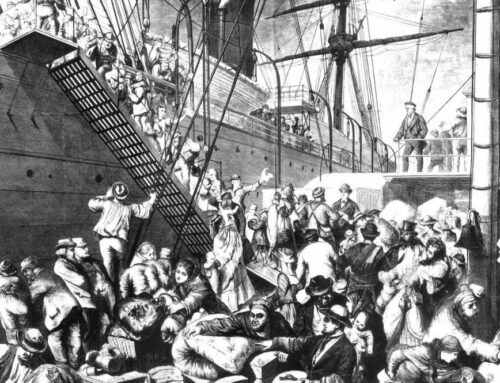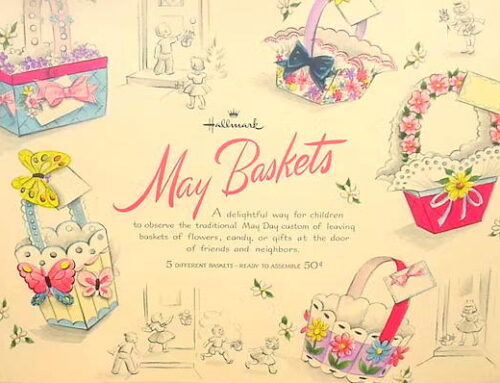If you sleep like your ancestors did, is it better for your health? As an inveterate if unwilling insomniac, I’m always interested in ways to get to sleep. A wealth of primary sources indicates that our ancestors practiced “segmented sleep.”
According to historian Roger Ekirch, before the Industrial Revolution, our ancestors slept in two distinct phases, divided by an hour or so of wakefulness. Ekirch’s book, At Day’s Close: Night in Times Past, notes more than 500 references to segmented sleep. “It’s not just the number of references – it is the way they refer to it, as if it was common knowledge,” Ekirch says. preindustrial Westerners lived during the nocturnal hours, when most were plunged into almost total darkness.

Historian Roger Ekirch believes this 1595 engraving by Jan Saenredam is evidence of activity at night.
If you sleep like your ancestors did, is it better for your health? Primary sources describe a first sleep (or “dead sleep”) which began about two hours after dusk, followed by waking period of one or two hours, and then a second sleep (“morning sleep”).
During this waking period people were quite active. They often got up, went to the toilet or smoked tobacco and some even visited neighbours. Most people stayed in bed, read, wrote and often prayed. Countless prayer manuals from the late 15th Century offered special prayers for the hours in between sleeps.
And these hours weren’t entirely solitary – people often chatted to bed-fellows or had sex.
According to the segmented sleep article on Wikipedia, “People also used this time to pray and reflect and to interpret dreams, which were more vivid at that hour than upon waking in the morning. This was also a favorite time for scholars and poets to write uninterrupted, whereas still others visited neighbors, had sex, or engaged in petty crime.”
The BBC Magazine notes that references were found
in diaries, court records, medical books and literature, from Homer’s Odyssey to an anthropological account of modern tribes in Nigeria. A doctor’s manual from 16th Century France even advised couples that the best time to conceive was not at the end of a long day’s labour but “after the first sleep,” when “they have more enjoyment” and “do it better.”
References to the first and second sleep started to disappear during the late 17th century, which Ekirch lays to “improvements in street lighting, domestic lighting and a surge in coffee houses – which were sometimes open all night. As the night became a place for legitimate activity and as that activity increased, the length of time people could dedicate to rest dwindled.”
Sleep like your ancestors? You could get a lot of family history research done in those quiet hours!





Great article. Thanks for posting. I’ve always loved the concept of that historical ‘second sleep.’ I think that now that I’m retired, I’m experiencing that second sleep during my afternoon naps!
Maybe in olden days, nights were too long and thus more dark (as there was no electricity until 19th century end). People across the world used to go to bed by evening. So it makes sense that people felt bored sleeping so long and would definitely wake up after say 7-8 hours of continuous sleep which maybe about 2 or 3 am. Seems this habit got lost once we stepped into the 20th century.
I like this post very much. I noticed that there are certain times in the night that I feel like I am rested and could get up for a few hours. Love this!